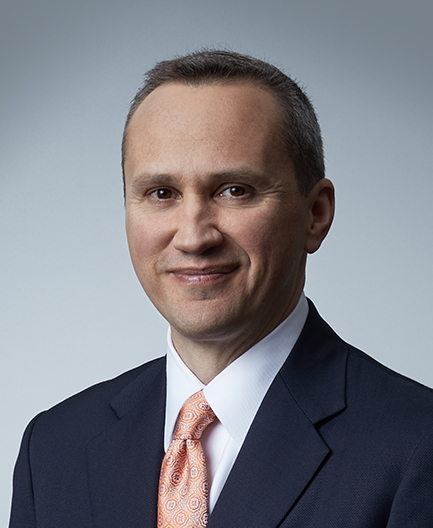The decision to hire an active manager requires a belief that markets are inefficient. But in the last five years, active managers have been losing significant market share to passive vehicles, which suggests investors no longer believe markets are inefficient and instead have adopted the “efficient market hypothesis” theory.
On the surface, I can understand why. Alpha has been elusive in this market recovery. Consequently, many active managers have responded by documenting the reasons why and when alpha may become abundant. I believe, however, it’s our job as active managers to showcase the inefficiency of markets and distinguish between what is coincidental and causal when it comes to understanding what truly drives stock prices. We also need to build confidence that over a full market cycle investors in active portfolios won’t be overpaying for market beta.
Investors throughout time have anchored to the wrong things. Consider how often investors source their market view to the economic backdrop. A statistical regression of GDP growth between countries from multiple regions and their respective equity markets showed no relationship between the two. And yet, investors get caught up in determining when the Fed is going to raise rates or the results of the upcoming U.S. Presidential election and how it may impact stock prices. This is a “me too” investment thesis with binary outcomes. That isn’t what stock pickers focus on, because it isn’t important to alpha generation.
What drives stock prices long term – and what we want to understand as active managers – is a company’s steady state value plus future cash flows. While many of us learned this in school or early in our careers, it has gotten lost in today’s investment climate.
Another way to think about it, is where a company’s product or service fall on its industry’s “S curve.” Is the product in early awareness phase? Or has it reached escape velocity and at the point of commoditization where it’s under threat from “me too” copy cats? Determining where a company’s products exit in its maturation cycle is critical to understanding what has driven a company’s stock price versus what may drive its stock price in the future.
If we look back over the last 150 years, we can think of multiple products that have scaled up through the S curve: railroad, telephone, radio, automobiles, refrigerators, dishwashers, to name just a few, and most recently the internet and smartphones. The stocks of the original equipment manufacturers (OEMs) in all of these areas were massive outperformers as adoption cycles were escalating. Most often there were one, maybe two, horses in each race that enjoyed the lion’s share of unit growth and explosion of profits. However as the products reached escape velocity, investors behaved like they always behave, and continued to have linear expectations that what has happened would continue. Often they were unaware that margins were poised to decelerate and the stock’s outyear valuation was unrealistic.
With smartphone penetration rates in the developed world nearing potential peak levels, will these massive OEMs that are also enormous benchmark constituents because of past performance, continue to be strong outperformers? History suggests otherwise. ETFs and passive vehicles are constructed linearly based on what has already happened. Ultimately those icebergs become melting ice cubes and long-term underperformers.
Instead, let’s look at the impact of smartphone penetration on other profit pools and ask the question – are there alpha opportunities as a result? Advertising is an industry that will be significantly impacted, for example, as people spend more time watching programming on their hand held devices than sitting in front of a TV, reading magazines or going to the movies. Though only a small percentage of advertising is currently done through online platforms, this channel affords higher efficacy because it’s more targeted, measurable and cost effective.
As an active manager, we have to recognize disruptors and work to understand their impact on profit pools. That intelligence is critical to our ability to generate alpha – whether we’re trying to own the winners or trying to win by avoiding the secular losers.
Robert M. Almeida, Jr. is MFS Institutional Portfolio Manager.


